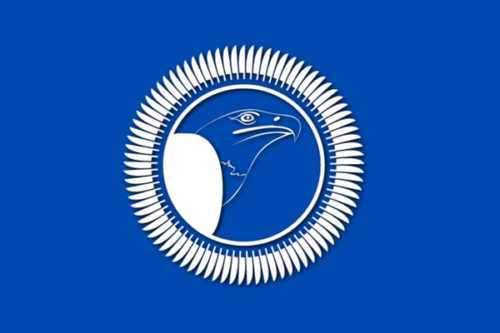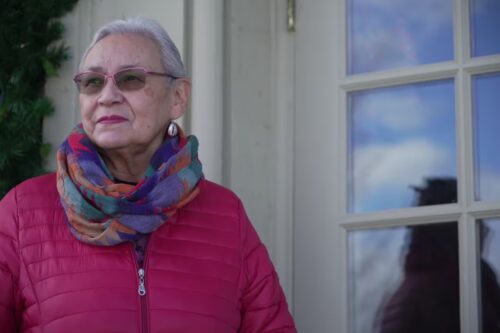Cambridge, MA – Today, researchers from the Harvard Project on American Indian Economic Development (Harvard Project) released a policy brief outlining how to identify lands historically belonging to Indian nations that could be returned by the U.S. federal and state government—a process commonly referred to as landback.
Laws written in the late nineteenth century that were intended to create opportunities for private ownership and settlement by non-Indigenous people drastically diminished the geography of American Indian reservations. Much of this land was originally declared “surplus” and therefore “not needed” by tribes. Nevertheless, today, six federal agencies still manage approximately one-third of the purportedly surplus land that had been within former reservation boundaries.
Today, and across the U.S., there is growing support and demands for landback, for lands taken from tribes to be returned to the stewardship of Indigenous peoples, including certain national and state parklands. Indeed, these areas may provide a cohesive set of initial opportunities towards the aim of landback. In particular, tribal management or tribal-federal/state co-management agreements can present win-win solutions for both public agencies and American Indian nations in expanding tribes’ land stewardship.
In the policy brief, authors Miriam Jorgensen, Harvard Project research director, and Laura Taylor, Harvard Project research fellow, detail how techniques utilizing geographic information systems (GIS) can identify public and/or protected land in relation to current and historic reservation boundaries. This technology can showcase the scope of landback opportunities, including lands that are: (i) owned by the federal or state governments; (ii) federal- or state-managed within current external reservation boundaries; (iii) existing within former reservation boundaries; (iv) near or abutting current reservation land; or (v) protected areas designated for conservation management.
Jorgensen and Taylor conclude that identification of where these parcels are, especially in relation to current or former reservation land, is a powerful first step for tribes and federal and state government agencies as they mutually begin to develop strategies for the return of land to tribal nations.
_________
For further information, contact the Harvard Project on American Indian Economic Development at 617-496-4229 or hpaied@hks.harvard.edu.
About the Harvard Project
The Harvard Project on American Indian Economic Development is based in the Ash Center for Democratic Governance and Innovation at the John F. Kennedy School of Government, Harvard University. The Harvard Project aims to understand and foster the conditions under which sustained social and economic development is achieved among Indigenous nations in the U.S. and beyond.
About the Ash Center
The Roy and Lila Ash Center for Democratic Governance and Innovation advances excellence and innovation in governance and public policy through research, education, and public discussion. By training the very best leaders, developing powerful new ideas, and disseminating innovative solutions and institutional reforms, the Center’s goal is to meet the profound challenges facing the world’s citizens.

